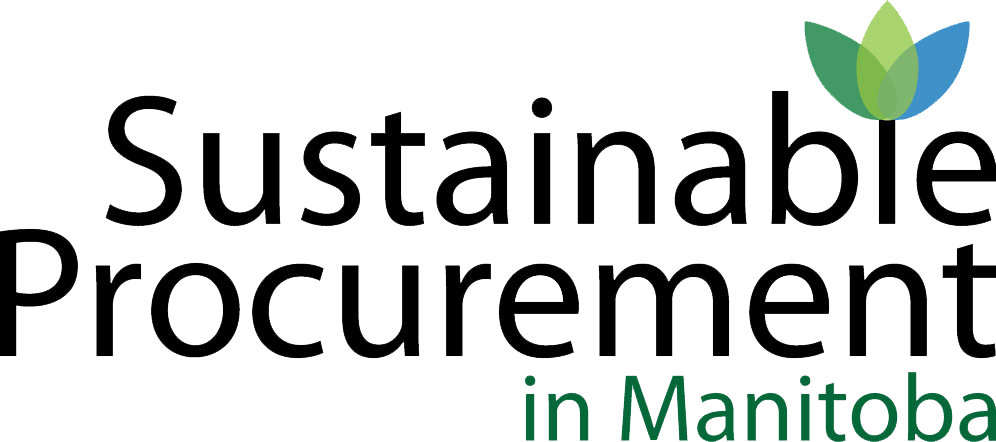You are here
Light Bulb Recycling Services
| Navigation: Minimum Sustainable Recommendations | What are the Issues? | What are the Options? |
Did you know... According to the US Environmental Protection Agency, 670 million light bulbs containing mercury are disposed of each year in the US alone.
Minimum Sustainable Recommendations
Whether spent lamps are collected by the lamp supplier or an independent recycling service picks them up, request the following:
- The vendor that accepts lightbulbs/lamps for recycling must adhere to the following:
- All light bulbs and components collected by the vendor must be recycled (including its packaging materials).
- Mercury, phosphor and other chemicals must be extracted from the bulbs and reused.
- Metal components (brass, copper, tin, aluminum) must be separated and reused.
- Glass from light bulbs must be reused.
- The vendor shall provide a plan for the minimization of breakage that includes safe on-site collection, storage and transportation of spent bulbs.
- The vendor shall provide the name and address of the end-user companies that receive the material extracted from the light bulbs.
- The vendor shall provide a summary report on an annual basis outlining the number and type of light bulbs collected and recycled, plus the weight of each extracted material sent to end-user companies.
- The vendor must comply with all legislation and be permitted to accept and process/recycle light bulbs.
- All light bulbs and components collected by the vendor must be recycled (including its packaging materials).
- The vendor transporting lightbulbs/lamps to the recycling facility must adhere to the following:
- Develop strategies to minimize greenhouse gas emissions such as:
- Product delivery consolidations
- Efficient transportation logistics
- No idling of vehicles
- Use of fuel efficient delivery vehicles
- The intent of the carbon tax is to enhance fuel use efficiency and transition to a low carbon economy. Our organization requires transparency and prefers to compensate for carbon based on fuel usage for the service and the current carbon tax rate.
- On invoices and bills, any charge attributed to the carbon tax must be presented as a separate line item. The service provider must provide their methodology for calculating the carbon tax surcharge.
- Both owner-drivers and sub-contractors who undertake services on behalf of the tendering company must adhere to the requirements noted above.
- Develop strategies to minimize greenhouse gas emissions such as:
What are the issues?
The most notable issues associated with the disposal of light bulbs are the release of mercury into the atmosphere and leaching into the landfill site. This includes fluorescent lighting.
Exposure to mercury occurs through direct inhalation and ingestion. Mercury severely affects the brain and the nervous system, eventually affecting all functioning organs.
When mercury discharges into the atmosphere it is capable of traveling long distances, eventually depositing into water bodies around the world where it will attach to methyl groups naturally produced by aquatic organisms. Once attached, a highly toxic substance called methyl mercury is produced.
Drinking water containing high levels of methyl mercury can be rendered unsafe for consumption for many years. In addition, fish continually exposed to high levels of methyl mercury, may be toxic to humans and wildlife. When humans consume these fish, methyl mercury accumulates over time in body tissue. This can severely impact the health of communities which heavily rely on fish as a food source.
The materials in bulbs, including mercury, metal end caps, glass tubing and phosphor powder, can be separated and recycled. Recyclers often sell the metallic portions as scrap metal. The recycled glass can be remanufactured into other glass products. The mercury can be recycled into new fluorescent lamps and other mercury-containing devices.
Keeping burnt out light bulbs out of the landfill and engaging in light bulb recycling supports the requirements set out in the Provincial Waste Reduction and Prevention Act.
What are the options?
The Options available for responsible management of burnt-out light bulbs as an alternative to placing in the landfill, include using supplier take-back programs or directly engaging the services of a light bulb recycler.
Care should be taken in the collection and storage of spent lamps and bulbs to prevent the breakage which may expose occupants to mercury powder. Burnt out light bulbs such as fluorescent lamps, CFLs, LEDs and incandescent lamps collected through supplier take-back programs or independent recycling services should be delivered to recycling facilities where they are crushed in an enclosed system. The system traps and captures the mercury to prevent its release to the atmosphere and maintains a safe work environment.
Components associated with the light bulbs (e.g. metals and glass) are separated and thoroughly cleaned before being released from the system. Phosphorous and mercury powder should also be filtered and stored in an airtight container for safe transport. The recovered materials are sold to secondary markets for re-use or transported to facilities that can safely dispose of the material.
All light bulb recyclers are required to comply with the federal, provincial and municipal legislative requirements to ensure that hazardous material such as mercury is handled, transported and disposed of in a safe and responsible manner.
References
US Environmental Protection Agency, 2012. http://www.epa.gov/mercury/about.htm
Green Manitoba, 2013. http://www.greenmanitoba.ca
Last Updated: May 2019
Theme by Danetsoft and Danang Probo Sayekti inspired by Maksimer
